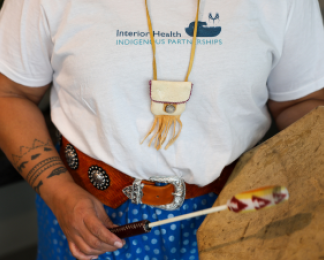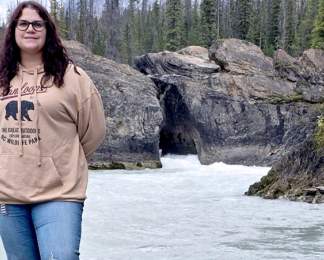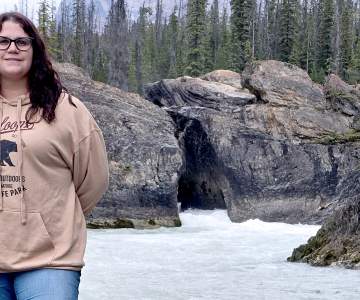Exposure to radon gas is a preventable health risk. The only way to know the level of radon gas in your indoor environment is to test for it. We encourage residents living, working and playing in the B.C. Interior region to test for radon in your homes, places of work and indoor leisure environments.
What is radon?
Radon is a naturally occurring radioactive gas without colour or odour. It comes from the ground, and it often enters and stays in buildings with low ventilation. Radon exposure is the second leading cause of lung cancer after smoking.
The BC Centre for Disease Control estimates higher radon levels in parts of the Interior region. This could potentially mean higher indoor concentrations and increased health risks. This is concerning because of the large amount of time Canadians spend indoors. Buildings generally have higher concentrations of radon gas in their lower levels (basements, ground-level main floors).
Smoking and inhaling tobacco smoke increases the cancer-causing risk of radon gas exposure. According to Health Canada, those exposed to tobacco smoke and high concentrations of radon are eight times more likely to develop lung cancer than non-smokers.
What you can do
The good news is that exposure to radon gas can be mitigated. Testing is easy and there are ways to greatly reduce radon levels if they are found to be high. Radon mitigation systems can be installed in any building. Certified radon professionals can reduce levels by over 90 per cent; a certified professional or skillful handy person following Health Canada guidance can generally complete the work within a day.
Lowering the concentration of radon in buildings and decreasing exposure over your lifetime will decrease the harmful effects linked with this gas.
Regardless of ownership of the building, anyone can test their indoor air. If high concentrations of radon are found after testing, carrying out long-term radon mitigation strategies is something generally done by the building owner.
Learn more
Find out more information about radon and your health at www.interiorhealth.ca/radon, learn more at HealthLinkBC, and visit the BC Lung Foundation to order your three-month test kit during the cold season.
Municipalities can also support radon reduction efforts by developing policies and plans around radon testing and reduction.













